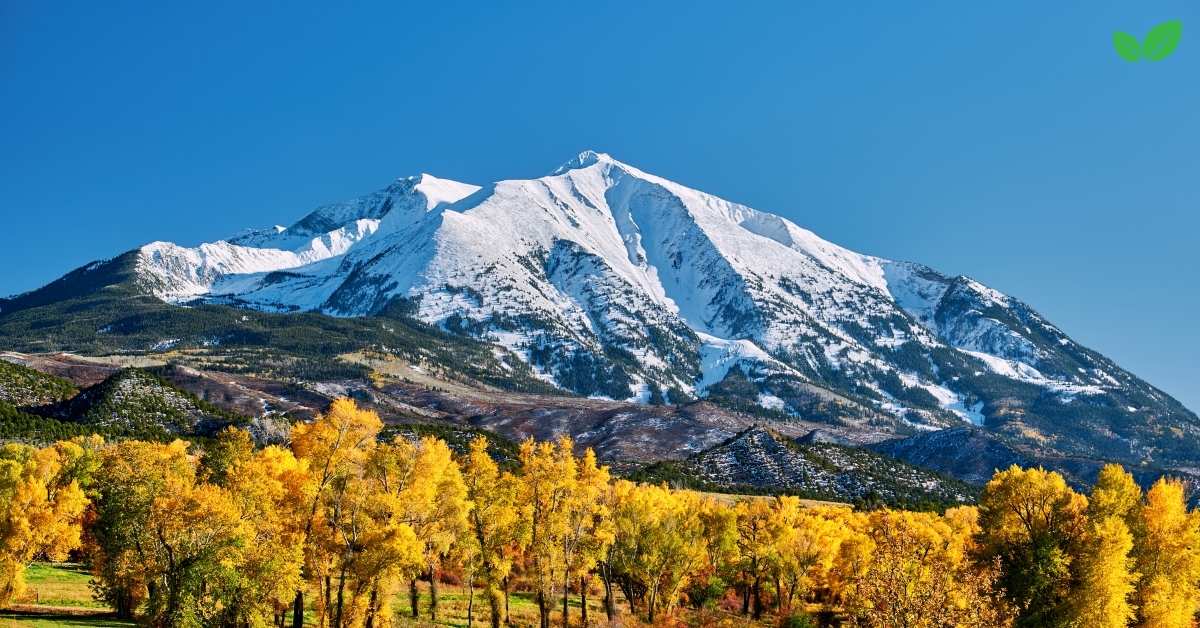Mount Sopris, located near the town of Carbondale in Colorado’s Roaring Fork Valley, is an iconic peak of the Rocky Mountains that stands as both a geological wonder and a symbol of the natural beauty of the American West. With an elevation of 12,965 feet, Mount Sopris is a prominent twin-summit peak that dominates the landscape of the Elk Mountain Range. It’s renowned for its unique environmental niche, diverse ecosystems, and role in local culture, recreation, and conservation efforts. From its distinctive geology to its varied flora and fauna, Mount Sopris Colorado represents an intersection of natural beauty and ecological significance.
This article explores the environmental niche of Mount Sopris Colorado, including its geological history, plant and animal species, role in watershed management, recreational significance, and ongoing conservation efforts. By examining the mountain’s ecological importance and the challenges it faces, we gain insights into the value of preserving mountainous ecosystems in an era of climate change and increased human activity.
1. Introduction to Mount Sopris
Mount Sopris Colorado is located in the Elk Mountain Range of the Rocky Mountains and rises dramatically from the Roaring Fork Valley near Carbondale, Colorado. Unlike many of Colorado’s peaks, Mount Sopris is distinctive for its dual summits of equal height, giving it a recognizable profile that can be seen for miles around. The mountain is named after Richard Sopris, an early explorer and prospector who led an expedition into the area in the late 19th century. Today, Mount Sopris Colorado is a destination for hikers, climbers, and nature enthusiasts drawn to its rugged terrain, pristine alpine lakes, and sweeping views.
The mountain’s environmental niche is characterized by its unique combination of geological features, plant communities, and wildlife habitats. Its ecosystems range from montane forests at lower elevations to alpine tundra at the summits, supporting a wide variety of species adapted to different climatic and ecological conditions.
2. Geological History and Formation of Mount Sopris Colorado
Mount Sopris Colorado is a remnant of volcanic activity that occurred millions of years ago, and its unique geological composition has shaped both its appearance and its role within the landscape.
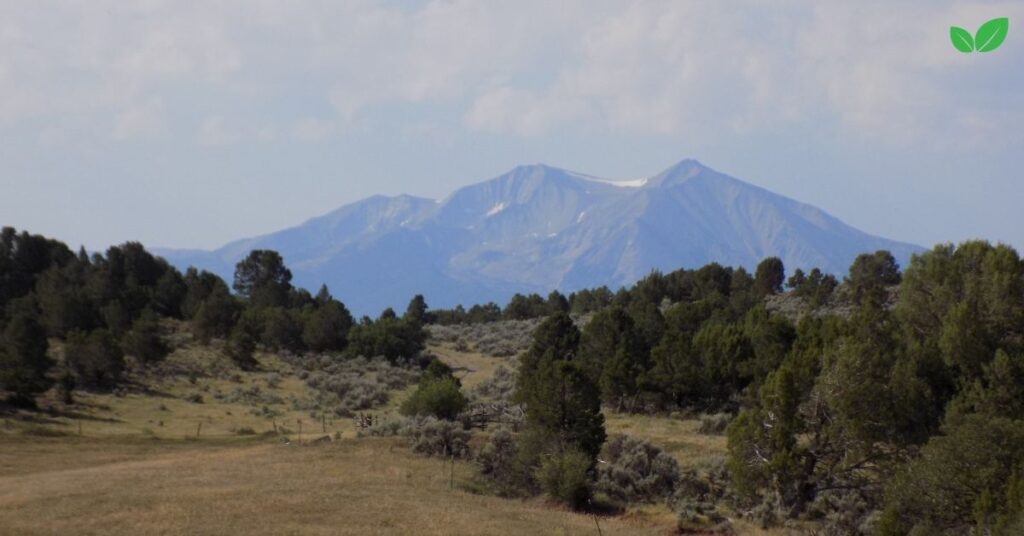
2.1 Volcanic Origins
Mount Sopris Colorado was formed around 30 million years ago during a period of intense volcanic activity in what is now Colorado. Unlike many Rocky Mountain peaks that were uplifted through tectonic activity, Mount Sopris Colorado is the remnant of a large igneous intrusion, known as a laccolith, which formed when magma pushed up beneath the Earth’s crust but did not reach the surface. This magma solidified underground, creating a dome-shaped mass that was later exposed through erosion.
2.2 Distinctive Rock Formations
The primary rock types that compose Mount Sopris are granite and other igneous rocks, which give the mountain its rugged appearance and resilience to weathering. The mountain’s steep slopes and unique twin summits result from millions of years of erosion, which have shaped the rock formations and created the current topography.
2.3 Geological Significance
Mount Sopris Colorado is a unique example of a laccolith formation within the Rocky Mountains, offering insights into the region’s volcanic past and the geologic processes that have shaped the landscape. Its geology has also influenced soil types, water retention, and the plant communities that grow on its slopes, making it an essential part of the regional ecosystem.
3. Climate and Environmental Conditions on Mount Sopris
Mount Sopris’s elevation creates a range of climatic conditions, with temperatures and precipitation varying significantly from the base to the summit. These environmental gradients support different plant and animal communities at various elevations.
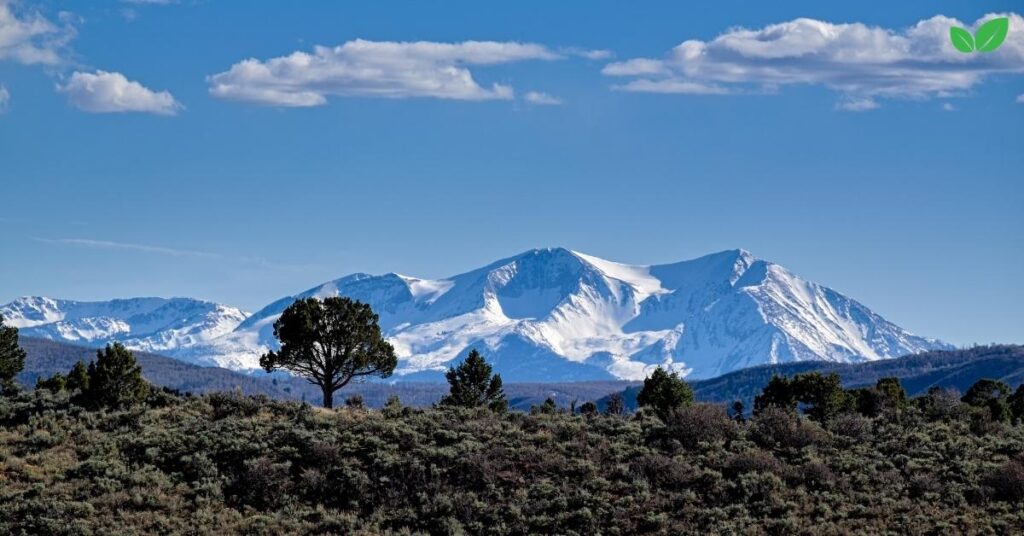
3.1 Temperature and Precipitation
The climate at Mount Sopris Colorado is characterized by cold, snowy winters and mild summers, with substantial variation in temperature and precipitation due to elevation. Lower slopes experience a semi-arid climate typical of the Roaring Fork Valley, while higher elevations receive more precipitation, including heavy snowfall in the winter. Summer temperatures can range from warm at the base to cool and windy near the summits.
3.2 Snowpack and Water Retention
Snowpack plays a crucial role in the Mount Sopris Colorado ecosystem, as it accumulates throughout the winter and melts gradually in spring and summer. This snowmelt feeds into streams and rivers, supporting water availability for the region’s plants, animals, and human communities. The mountain’s role in water retention and release makes it a key component of the watershed, particularly for the Crystal and Roaring Fork rivers, which provide water for agriculture, wildlife, and residential use.
3.3 Impact of Elevation on Plant and Animal Life
Elevation affects the types of vegetation and wildlife found on Mount Sopris, creating distinct ecological zones. These zones include montane forests, subalpine forests, and alpine tundra, each with its own set of species adapted to the specific environmental conditions of that elevation. These zones form an ecological gradient that supports a variety of plant and animal species, some of which are found only at certain altitudes.
4. Flora of Mount Sopris Colorado
Mount Sopris Colorado is home to diverse plant communities, ranging from low-elevation sagebrush and aspen forests to alpine tundra near the summits. These plant communities contribute to the mountain’s biodiversity and play important roles in ecosystem stability, water retention, and soil health.
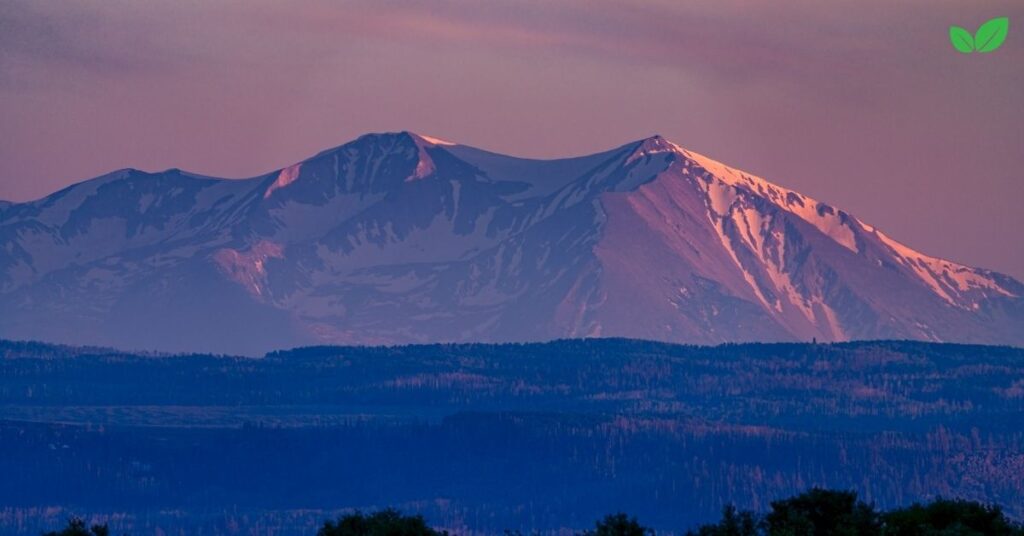
4.1 Montane Forests
At lower elevations, the montane forest zone on Mount Sopris includes a mix of sagebrush, juniper, piñon pine, and Gambel oak. These species are adapted to drier, warmer conditions and contribute to soil stability and erosion control. As the elevation increases, aspen groves become more common, providing habitat for numerous bird species and mammals.
4.2 Subalpine Forests
The subalpine forest zone is dominated by coniferous trees such as Engelmann spruce, subalpine fir, and lodgepole pine. These trees form dense forests that provide shelter and food for wildlife, as well as serve as carbon sinks that help regulate atmospheric carbon levels. The subalpine zone also supports understory plants like huckleberry and twinflower, which are important food sources for bears and other animals.
4.3 Alpine Tundra
Above the treeline, Mount Sopris transitions into alpine tundra, a zone characterized by low-growing vegetation adapted to cold, windy conditions and thin soils. Alpine plants, such as alpine avens, moss campion, and cushion plants, thrive here, forming a dense mat that helps prevent soil erosion. This fragile environment supports only a few hardy plant species but is essential for maintaining biodiversity and providing habitat for specialized pollinators.
5. Fauna of Mount Sopris
Mount Sopris Colorado provides habitat for a diverse array of wildlife, from large mammals to birds, reptiles, and insects. The mountain’s varied elevations and ecosystems support species that have adapted to different environmental conditions.
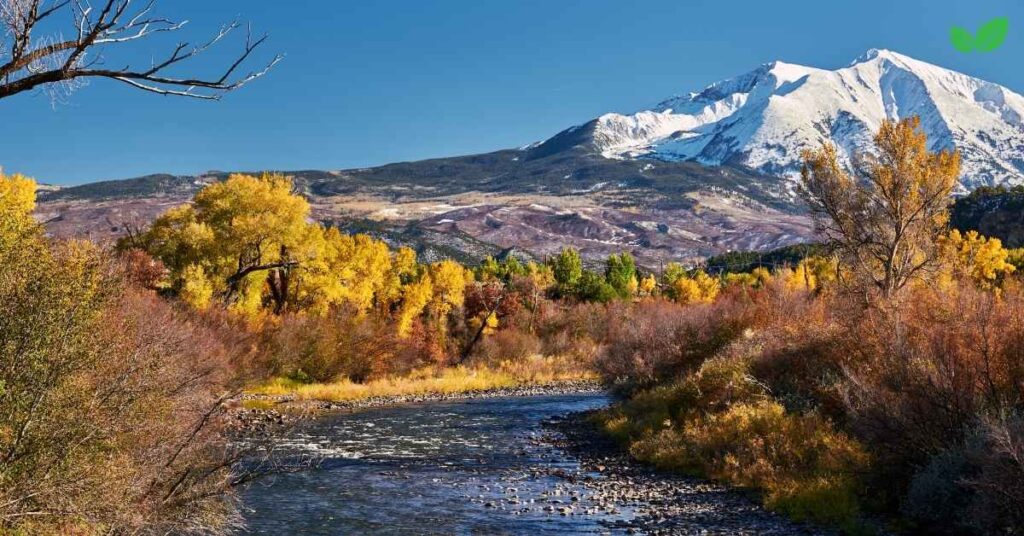
5.1 Mammals
Large mammals that inhabit Mount Sopris Colorado include elk, mule deer, black bears, and mountain lions. These animals rely on the mountain’s diverse vegetation for food and shelter, and their presence helps regulate plant populations and maintain ecological balance. Smaller mammals such as marmots, pikas, and squirrels are common at higher elevations and play essential roles in soil aeration and seed dispersal.
5.2 Birds
Bird species on Mount Sopris include raptors like golden eagles, red-tailed hawks, and peregrine falcons, as well as songbirds like the mountain bluebird and Clark’s nutcracker. The area is also home to woodpeckers, chickadees, and migratory birds that utilize the mountain’s forests for nesting and foraging.
5.3 Insects and Pollinators
Insects, particularly pollinators, are vital to Mount Sopris’s ecosystems. Bees, butterflies, and other insects pollinate the mountain’s flowering plants, ensuring the reproduction of both wild and cultivated species. These pollinators are particularly important in the alpine tundra, where they help maintain plant diversity and provide food for insect-eating birds and mammals.
6. Watershed and Environmental Role of Mount Sopris Colorado
Mount Sopris Colorado plays an important role in watershed management, supporting the hydrological needs of the Roaring Fork Valley and beyond.
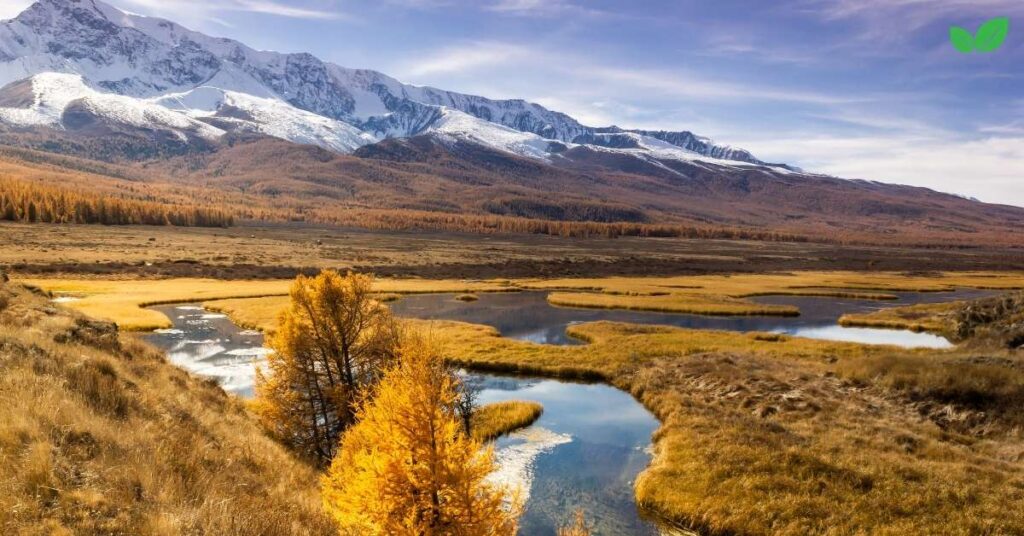
6.1 Snowmelt and Stream Flow
The snowpack on Mount Sopris Colorado serves as a natural reservoir, releasing water gradually as it melts in the warmer months. This water flows into tributaries of the Crystal River, which ultimately feeds into the Roaring Fork River, a major water source for local communities, agriculture, and wildlife habitats. Maintaining healthy snowpack levels is critical for sustaining the region’s water supply and ecosystem health.
6.2 Soil and Vegetation’s Role in Water Retention
The vegetation on Mount Sopris Colorado aids in water retention by stabilizing the soil, reducing erosion, and promoting groundwater recharge. Trees, shrubs, and grasses slow down water runoff, allowing more water to infiltrate the soil. This process helps maintain stream flows during dry periods and provides water for surrounding ecosystems.
6.3 Importance of Protecting Watersheds
As a primary water source for the Roaring Fork Valley, Mount Sopris’s watershed is essential for both human and ecological needs. Conservation efforts to protect water quality, limit soil erosion, and prevent pollution are vital to maintaining a healthy watershed that benefits the entire region.
7. Recreational Significance and Challenges
Mount Sopris is a popular destination for outdoor recreation, including hiking, camping, fishing, and mountaineering. These activities provide opportunities for people to connect with nature but also present challenges for conservation.
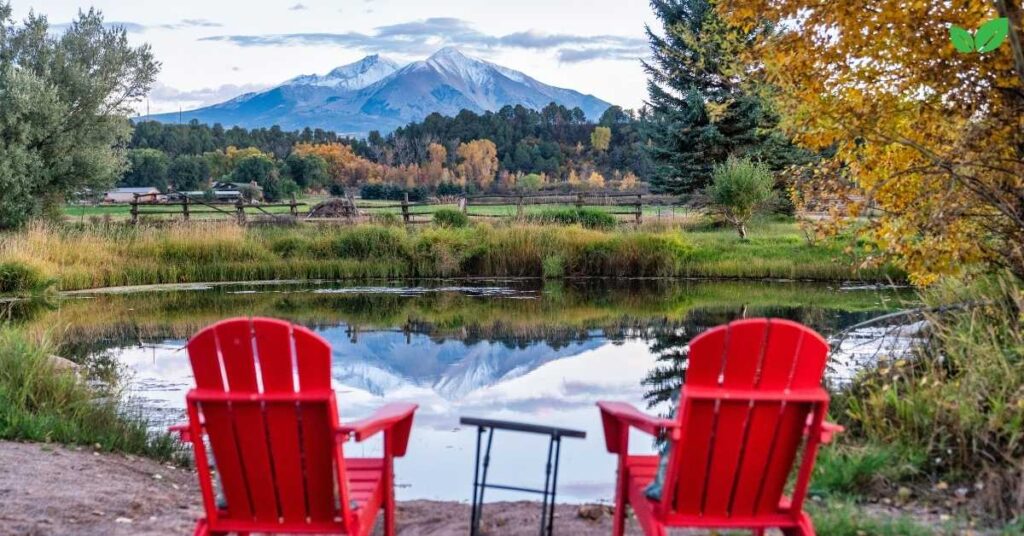
7.1 Popular Trails and Hiking Routes
The primary trail leading to Mount Sopris’s twin summits is the Thomas Lakes Trail, which offers access to the mountain’s alpine scenery, wildflower meadows, and Thomas Lakes, located near the timberline. Hiking to the summit is challenging due to the elevation gain and rugged terrain, but it offers panoramic views of the Elk Mountains and Roaring Fork Valley.
7.2 Impact of Recreation on Ecosystems
While outdoor activities contribute to local tourism and foster appreciation for nature, they can also impact the environment. Increased foot traffic can lead to soil compaction, trail erosion, and vegetation loss, particularly in sensitive alpine areas. Managing these impacts through designated trails, seasonal closures, and educational signage is important for preserving Mount Sopris’s ecosystems.
8. Conservation Efforts and Environmental Challenges
Protecting Mount Sopris and its surrounding environment requires coordinated conservation efforts to address challenges such as habitat loss, climate change, and human activity.
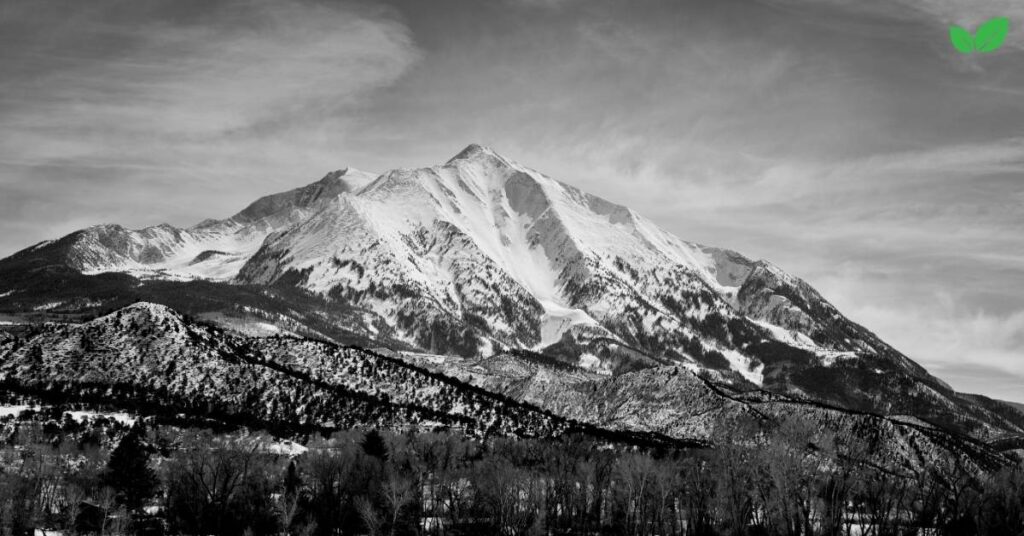
8.1 Climate Change Impacts
Climate change poses a significant threat to Mount Sopris, with rising temperatures affecting snowpack, vegetation, and wildlife. Reduced snowpack can lead to earlier snowmelt, decreasing water availability during summer months and increasing the risk of drought. Warmer temperatures also stress alpine and subalpine ecosystems, impacting species that depend on cooler conditions.
8.2 Conservation Initiatives
Organizations such as the Wilderness Workshop, the U.S. Forest Service, and local conservation groups work to protect Mount Sopris and its ecosystem. Efforts include habitat restoration, invasive species control, trail maintenance, and educational outreach to promote responsible recreation and conservation practices.
8.3 Community Involvement in Conservation
Local communities play a vital role in conserving Mount Sopris through sustainable practices, volunteer programs, and advocacy for environmental protection. Community-led initiatives help ensure that future generations can enjoy Mount Sopris’s natural beauty and ecological value.
9. Conclusion: The Ecological Value of Mount Sopris
Mount Sopris Colorado is a geological and ecological treasure, offering a diverse range of habitats, recreational opportunities, and natural resources. Its role in supporting biodiversity, providing water for the Roaring Fork Valley, and fostering community appreciation for nature underscores its environmental significance. Through conservation, responsible recreation, and climate resilience efforts, we can protect Mount Sopris’s ecological niche and ensure that it remains a cherished part of Colorado’s natural heritage.
Read More: Butte Valley National: An Exploration of Ecological Significance and Conservation Efforts

